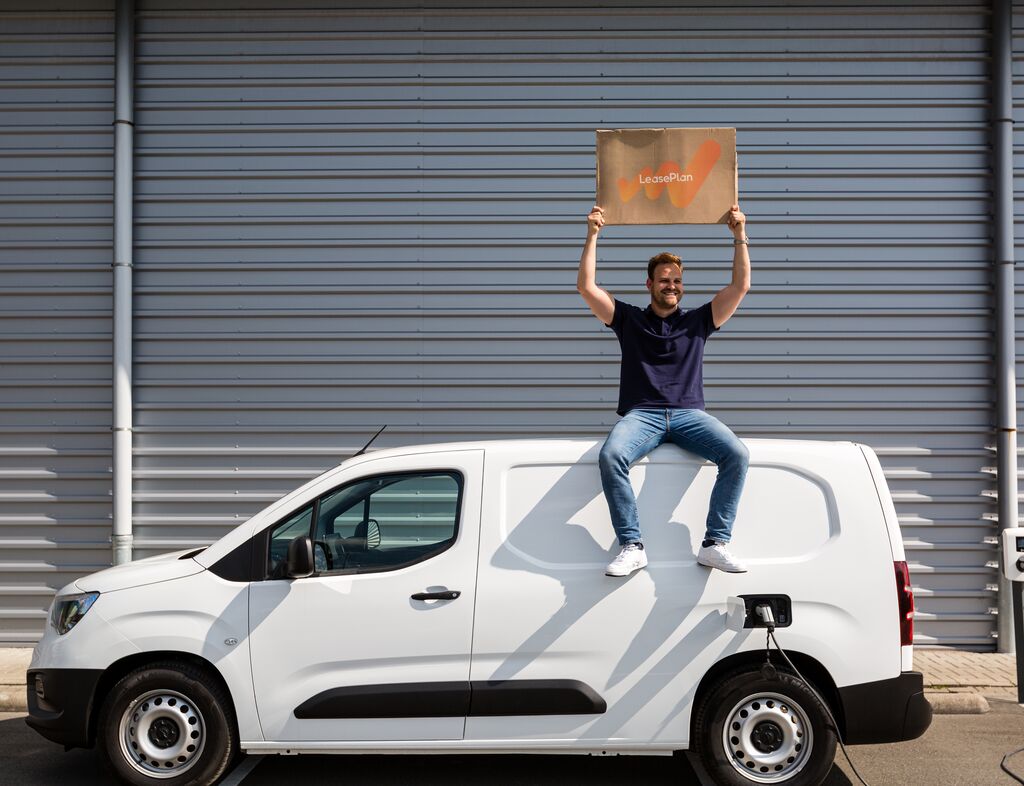Cost management can be the difference between success and failure, but when it comes to fleet, it’s about a lot more than just the big number on the invoice each month. Hidden costs can have a significant effect, from depreciation and downtime to servicing, fuel, mileage and taxation. And these can vary from country to country, just as the headline figures do.
We want to use our expertise to help customers use their money more effectively, which is why we’ve put together this list of seven cost factors you also need to remember. Together, they help make up the whole life cost of your vehicles and fleet.
1. Depreciation
We all know that the more you use a vehicle, the more its value depreciates. But just driving a car out of the showroom significantly reduces its value. In fact on our recent CarCost Index study revealed that Depreciation accounts for 37% of the total cost of fleet and is the largest expense related to car ownership.
An often overlooked factor when buying a new car or van is depreciation. Yet it’s also the single biggest factor affecting running costs.
2. Service maintenance and repair (SMR)
Keeping your fleet shipshape makes sense for a whole lot of reasons.
You’ll reduce vehicle off-road time – and from a Duty of Care perspective you’ll sleep easier knowing that all your vehicles are in roadworthy condition.
It goes without saying that it takes some careful management to keep on top of everything – but keeping Service Maintenance and Repair under your jurisdiction makes sound financial sense.
3. Fuel
Paying for fuel seems an obvious expenditure. But with rising petrol and diesel prices, it’s no wonder that our recent study found Fuel price volatility was listed as the number one challenge facing fleet managers today.
Fuel is typically the second largest cost for fleets (second only to acquisition costs). Controlling costs requires selecting the right vehicles – even small improvements in efficiency can deliver large savings over the thousands of miles these vehicles cover annually.
It’s why it’s important to make all the savings you can by ensuring you have the most efficient vehicles and are using the right fuel reimbursement method.
4. Insurance
Providing your vehicles with the necessary insurance cover is an outgoing you just can’t avoid.
At the same time, being able to spot those vehicles and drivers that are upping your premiums is a sure-fire way to reduce spending. The only drawback is that reviewing all that data can be a time consuming job.
5. Employee benefits
Employee benefits are a great way to attract and retain the right people for your business – but the depending upon how schemes are structured – costs of providing them can quickly mount up.
Despite the changes announced in the Finance Bill, Salary Sacrifice for Car Schemes still represent a cost-effective way of driving a brand new, insured, fully maintained vehicle – find out more here.
6. Mileage
Balancing your business mileage allowances can be a tricky art, but one that has the potential to save you money.
Annual Mileage Allowance Payments (AMAPs)
AMAPs are the maximum levels at which an employer can pay business mileage allowances to grey fleet drivers or cash takers without a tax liability. They are free of NICs and tax up to the maximum tax free allowances of 45 pence per mile for the first 10,000 miles each year and 25 pence per mile above 10,000 miles*.
Advisory Fuel Rates (AFRs)
Company car mileage is reimbursed, tax and NI free, at Advisory Fuel Rates (AFRs). HMRC sets rates based on the car’s fuel type and engine size, issuing updates every quarter.
Carefully reviewing and managing your employees’ driving distances will also give you a better idea of where savings can be made.
7. Taxation
Paying close attention to the finer details of tax legislation can pay off in a big way.
Reclaiming VAT on leased company vehicles takes a sizeable bite out of your fleet costs, and Corporation Tax payments can also be minimised by switching drivers out of high emission gas guzzlers to lower emission models.
If you provide company cars to your employees you will pay national insurance contributions on the benefit value. This varies a lot from car to car, based on their P11D value and CO2 emissions, so selecting the most efficient cars can save you money.
If you provide company cars to your employees, you will pay national insurance contributions on the benefit value. This varies a lot from car to car, based on their P11D value and CO2 emissions, so selecting the most efficient cars can save you money.
Don’t spend when you don’t have to
If you look beyond the headline rate and take all these figures into account, you may find areas where you can make significant savings – as well as understanding what you are spending from country to country in much more detail.
We’re here to help
You don’t have to do this on your own, as we are here to provide you with all the support you need. Our experts can offer guidance and advice on areas ranging from taxation, accounting and finance to more efficient fleet management – and they’ll make sure to align any recommendations to your business strategy. This means you can see measurable changes with quantifiable benefits, backed by intelligent analysis.




